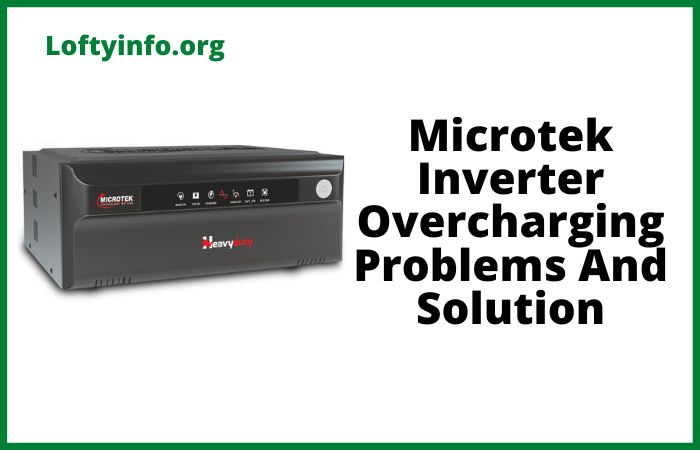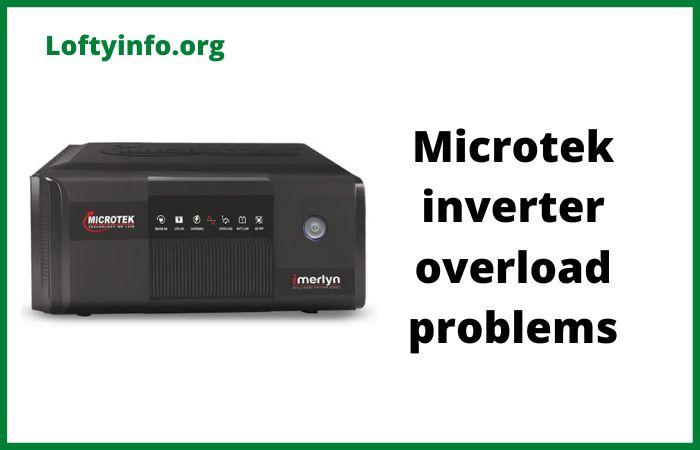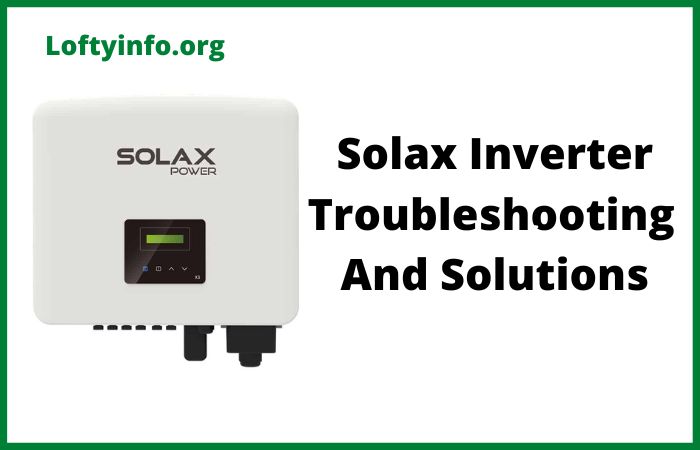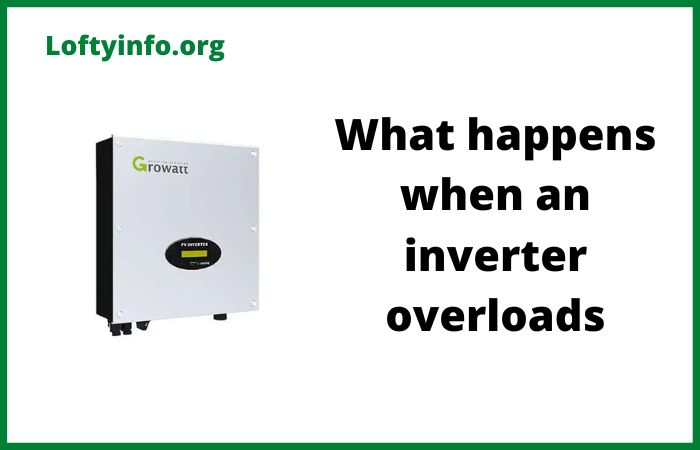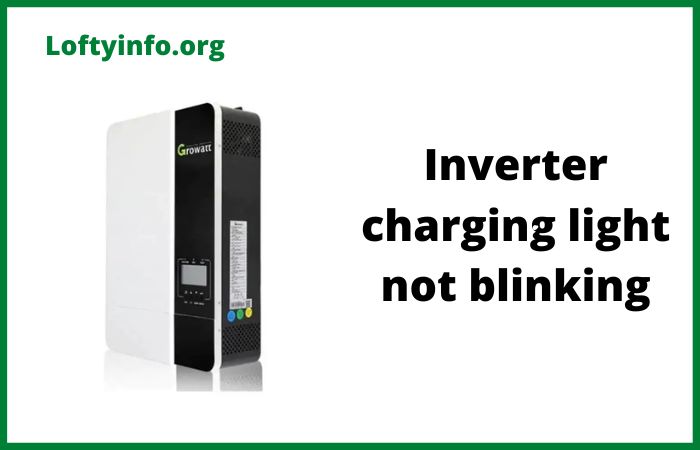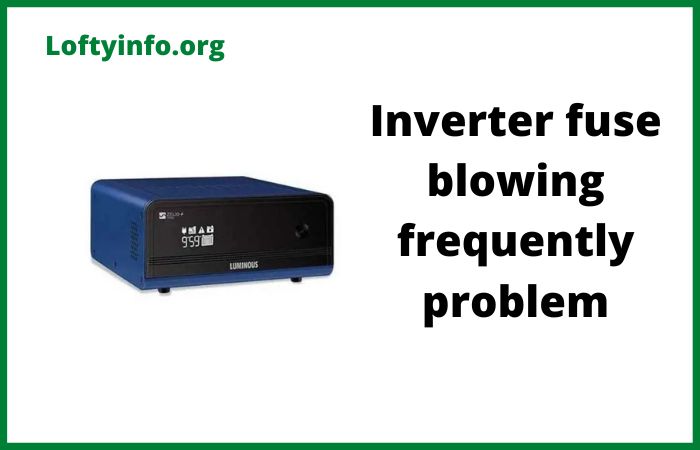Microtek Inverter Overcharging Problems: Critical Causes and Solutions
Microtek inverters are widely trusted for their reliability and performance but like any electronic device, they can develop issues over time.
One of the most concerning problems that users face is overcharging, which can significantly damage your inverter battery and reduce the overall lifespan of your power backup system. Understanding the root causes of Microtek inverter overcharging problems is essential for maintaining optimal performance and preventing costly repairs.
Solution for inverter showing low battery but not charging problem
Overcharging occurs when your Microtek inverter continues to supply current to the battery even after it has reached full capacity.
This excessive charging can lead to battery heating, electrolyte loss, reduced battery life and in severe cases, complete system failure.
The good news is that most overcharging issues can be identified and resolved with proper diagnosis and maintenance.
Causes Of Microtek Inverter Overcharging Problems
1) Faulty Voltage Regulation Circuit
The voltage regulation circuit is the heart of your Microtek inverter’s charging system, responsible for controlling the amount of voltage supplied to your battery during the charging process.
When this circuit malfunctions, it loses its ability to properly monitor and regulate the charging voltage leading to continuous overcharging even when the battery has reached its optimal charge level.
This critical component uses feedback mechanisms to detect when the battery voltage reaches the preset cut-off point, typically around 14.4V for a 12V battery system.
However, when the voltage regulation circuit develops faults due to component aging, power surges or manufacturing defects, it may fail to recognize when the battery is fully charged. Consequently, the inverter continues pumping current into the battery, causing the voltage to rise beyond safe limits.
Signs of a faulty voltage regulation circuit include consistently high battery voltage readings, unusual heating of the inverter unit and batteries that require frequent water top-ups due to excessive electrolyte evaporation.
The problem often stems from damaged transistors, failed capacitors or corrupted integrated circuits within the regulation module.
Professional diagnosis with a multimeter and oscilloscope is typically required to identify specific component failures within this complex circuit.
2) Defective Battery Voltage Sensing Mechanism
Modern Microtek inverters rely on sophisticated voltage sensing mechanisms to monitor battery status and determine appropriate charging levels.
When these sensing circuits become defective, the inverter receives incorrect feedback about the actual battery voltage, leading to improper charging decisions and potential overcharging scenarios.
The voltage sensing mechanism typically consists of voltage divider circuits, analog-to-digital converters and reference voltage sources that work together to provide accurate battery voltage readings to the inverter’s control system.
However, these components can deteriorate over time due to environmental factors such as humidity, temperature fluctuations and electrical stress.
When the sensing mechanism provides falsely low voltage readings, the inverter interprets this as an undercharged battery and continues the charging process unnecessarily.
This issue manifests through erratic charging behavior, where the inverter may show inconsistent battery level indicators or continue charging batteries that are already at full capacity.
The problem is particularly common in inverters that have been exposed to moisture, extreme temperatures or electrical surges.
Corroded connections, damaged resistors in the voltage divider network or failed reference voltage sources are typical culprits behind sensing mechanism failures.
Regular calibration and component inspection can help prevent these issues from developing into serious overcharging problems.
3) Damaged Charge Controller Components
The charge controller serves as the brain of your Microtek inverter’s charging system, containing various electronic components that work in harmony to ensure safe and efficient battery charging.
When key components within the charge controller become damaged or degraded, the entire charging process can become unstable, often resulting in overcharging conditions that can severely damage your battery bank.
Critical components within the charge controller include power MOSFETs, control ICs, current sensing resistors, and timing circuits.
These components are particularly vulnerable to damage from power surges, lightning strikes, and prolonged operation under high temperatures.
When power MOSFETs fail, they may remain in a permanently conducting state, allowing continuous current flow to the battery regardless of its charge level.
Similarly, damaged control ICs may lose their ability to process voltage and current feedback signals correctly, leading to inappropriate charging decisions.
Temperature-related degradation is another significant factor affecting charge controller components.
Microtek inverters operating in poorly ventilated environments or extreme ambient temperatures often experience accelerated component aging, particularly in semiconductors and electrolytic capacitors.
Failed timing circuits can disrupt the PWM (Pulse Width Modulation) signals that control charging current, while damaged current sensing resistors may provide incorrect feedback about the actual charging current flowing to the battery.
These component failures often require professional diagnosis and replacement, as they involve surface-mount components and complex circuit board repairs.
4) Incorrect Battery Type Configuration
Many Microtek inverter models offer multiple battery type settings to accommodate different battery technologies such as lead-acid, gel and AGM batteries.
Each battery type has distinct charging requirements, voltage thresholds, and charging algorithms.
When the inverter is configured for the wrong battery type, it applies inappropriate charging parameters that can lead to systematic overcharging and premature battery failure.
Lead-acid batteries typically require a bulk charging phase followed by absorption and float charging stages, with specific voltage limits for each phase.
Gel batteries on the other hand require lower charging voltages and more controlled charging currents to prevent damage to their delicate gel electrolyte structure.
AGM batteries have their own unique charging profile that differs from both flooded lead-acid and gel batteries.
When a Microtek inverter is set to charge a gel battery using lead-acid parameters, the higher charging voltages can cause severe overcharging leading to thermal runaway and permanent battery damage.
This configuration error often occurs during installation when technicians assume all batteries have identical charging requirements or fail to properly identify the battery type. Some users also inadvertently change these settings while navigating through the inverter’s menu system.
The problem is compounded by the fact that incorrect settings may not immediately show obvious symptoms, allowing overcharging to occur gradually over weeks or months before becoming apparent.
Regular verification of battery type settings and proper documentation during installation can prevent these costly mistakes.
5) Temperature Compensation Circuit Malfunction
Temperature significantly affects battery charging characteristics, with most batteries requiring reduced charging voltages at higher temperatures and increased voltages at lower temperatures.
Microtek inverters incorporate temperature compensation circuits that automatically adjust charging parameters based on ambient or battery temperature readings.
When these circuits malfunction, the inverter may apply inappropriate charging voltages that don’t account for temperature variations, leading to overcharging in warm conditions.
The temperature compensation system typically uses temperature sensors, such as thermistors or semiconductor temperature sensors, placed near the battery or within the inverter unit.
These sensors provide feedback to the charging algorithm, which then adjusts the charging voltage according to predetermined temperature coefficients.
However, sensor failures, damaged wiring, or corrupted calibration data can cause the temperature compensation system to malfunction.
A common failure mode occurs when temperature sensors provide falsely low temperature readings, causing the inverter to apply higher charging voltages as if the environment were cooler than it actually is.
This results in overcharging, particularly during hot weather when batteries are most vulnerable to thermal damage.
Conversely, failed sensors that read high temperatures may cause undercharging in cold conditions, but this is less immediately damaging than overcharging.
Environmental factors such as sensor corrosion, thermal cycling stress, and age-related drift can all contribute to temperature compensation circuit failures that require professional diagnosis and repair.
6) Power Supply Unit Voltage Irregularities
The power supply unit within your Microtek inverter provides stable DC voltages to various control circuits, including the charging control system.
When the power supply unit develops voltage irregularities, it can cause erratic behavior in the charging circuits, potentially leading to overcharging conditions that are difficult to diagnose and intermittent in nature.
Internal power supply problems often stem from aging electrolytic capacitors that lose their filtering capacity over time, allowing voltage ripples and fluctuations to reach sensitive control circuits.
Damaged voltage regulator ICs can also cause supply voltage instabilities that affect the proper operation of charging control circuits.
When control circuits receive unstable supply voltages, their reference points become uncertain, leading to incorrect charging decisions and potential overcharging scenarios.
These power supply related issues are particularly insidious because they may cause intermittent overcharging that occurs only under specific conditions, such as during high ambient temperatures or when the inverter is under heavy load.
The symptoms may include charging behavior that varies unpredictably, unusual inverter noises, and inconsistent display readings.
Power supply irregularities can also cascade into other system failures, making diagnosis challenging without proper test equipment and technical expertise.
Regular maintenance, including capacitor replacement and voltage regulation circuit testing, can help prevent power supply related overcharging problems.
Understanding these six critical causes of Microtek inverter overcharging problems empowers you to identify potential issues early and take appropriate corrective action.
While some problems require professional repair services, awareness of these common failure modes can help you implement preventive maintenance strategies and protect your investment in backup power equipment.
Regular monitoring of charging parameters, proper ventilation, and periodic professional inspections remain the best defense against overcharging problems that can compromise your Microtek inverter’s reliability and longevity.
technical specifications of an high frequency inverter
Understanding common luminous 1250 inverter overload problems
Causes of Microtek inverter overload problems
Solution to luminous inverter automatic off problem
Causes Of Inverter Tripping Problems With Solutions
Common victron inverter problem causes
Reasons to get a bigger home battery for solar setup
Causes of Common 3116 cat engine problems
